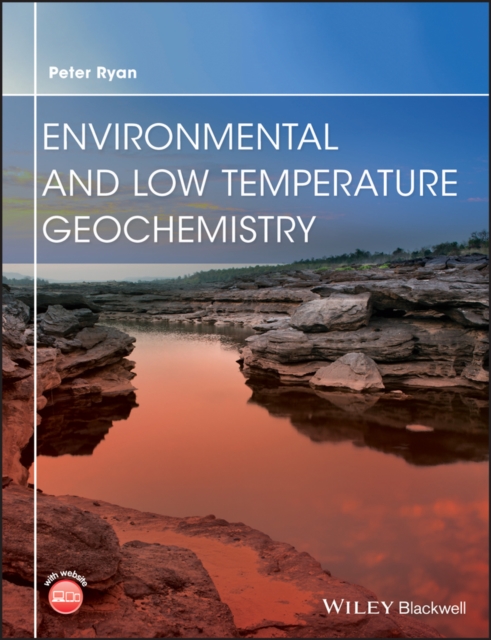
Environmental and Low Temperature Geochemistry PDF
by Peter Ryan
Description
Environmental and Low-Temperature Geochemistry presents conceptual and quantitative principles of geochemistry in order to foster understanding of natural processes at and near the earth s surface, as well as anthropogenic impacts on the natural environment. It provides the reader with the essentials of concentration, speciation and reactivity of elements in soils, waters, sediments and air, drawing attention to both thermodynamic and kinetic controls. Specific features include:
An introductory chapter that reviews basic chemical principles applied to environmental and low-temperature geochemistry
Explanation and analysis of the importance of minerals in the environment
Principles of aqueous geochemistry
Organic compounds in the environment
The role of microbes in processes such as biomineralization, elemental speciation and reduction-oxidation reactions
Thorough coverage of the fundamentals of important geochemical cycles (C, N, P, S)
Atmospheric chemistry
Soil geochemistry
The roles of stable isotopes in environmental analysis
Radioactive and radiogenic isotopes as environmental tracers and environmental contaminants
Principles and examples of instrumental analysis in environmental geochemistry
The text concludes with a case study of surface water and groundwater contamination that includes interactions and reactions of naturally-derived inorganic substances and introduced organic compounds (fuels and solvents), and illustrates the importance of interdisciplinary analysis in environmental geochemistry.
Readership: Advanced undergraduate and graduate students studying environmental/low T geochemistry as part of an earth science, environmental science or related program.
Additional resources for this book can be found at: www.wiley.com/go/ryan/geochemistry.
Information
-
Download - Immediately Available
- Format:PDF
- Publisher:Wiley
- Publication Date:09/04/2014
- Category:
- ISBN:9781118867501
Other Formats
- EPUB from £39.91
- Hardback from £90.15
- Paperback / softback from £73.95
- PDF from £63.71
Information
-
Download - Immediately Available
- Format:PDF
- Publisher:Wiley
- Publication Date:09/04/2014
- Category:
- ISBN:9781118867501






